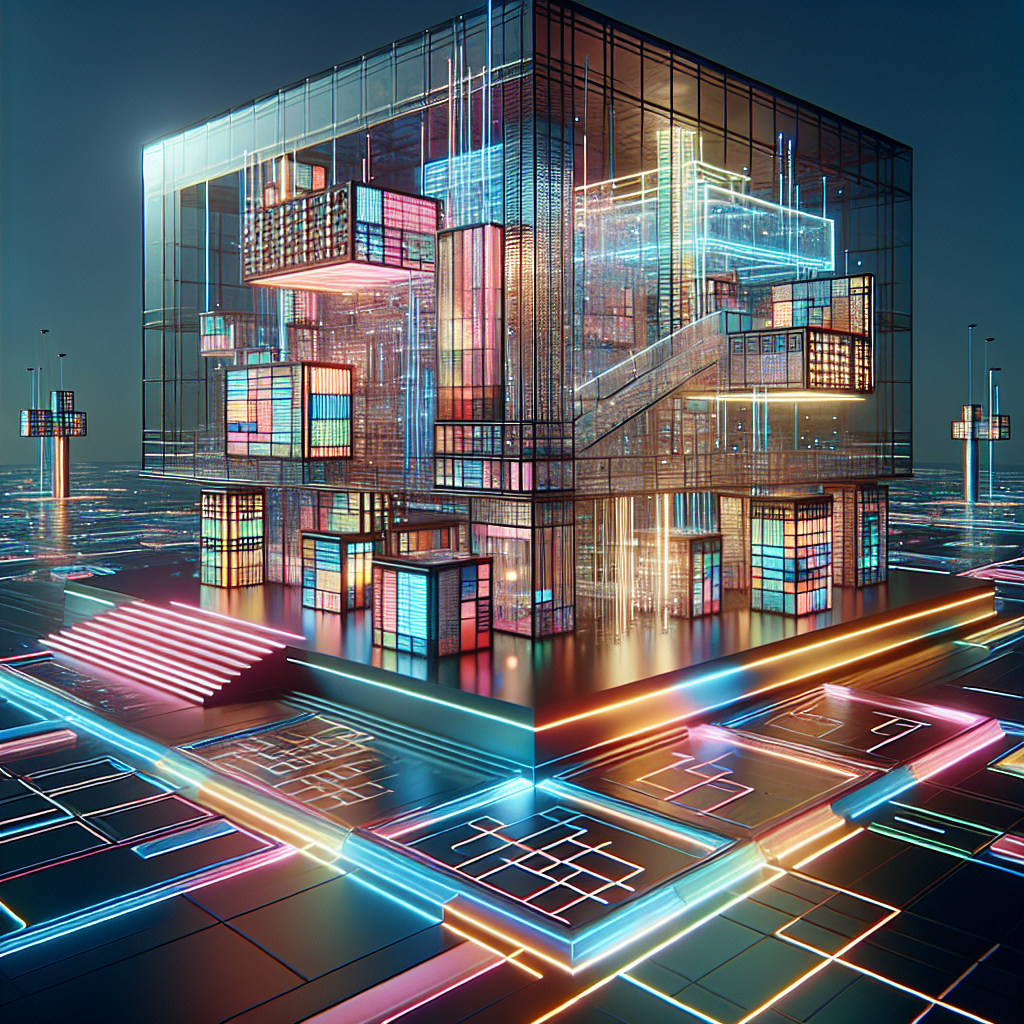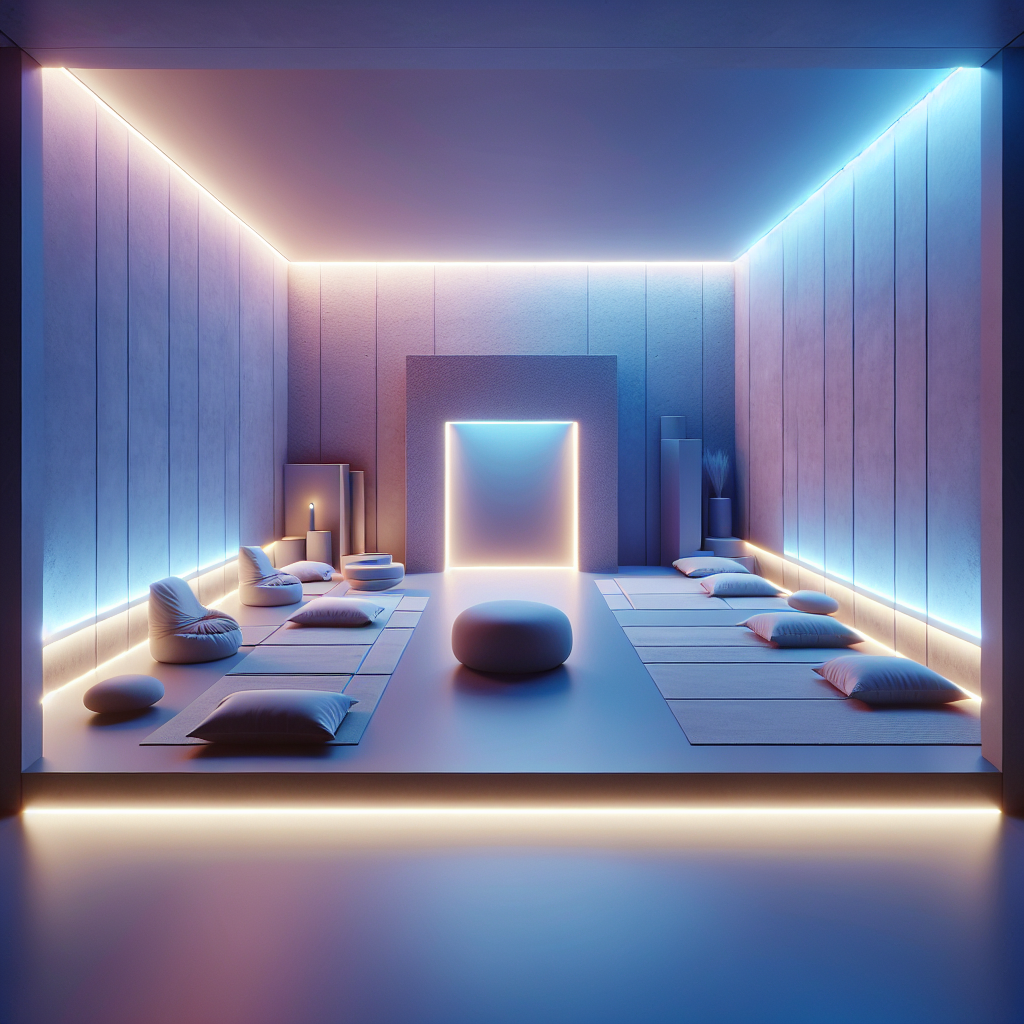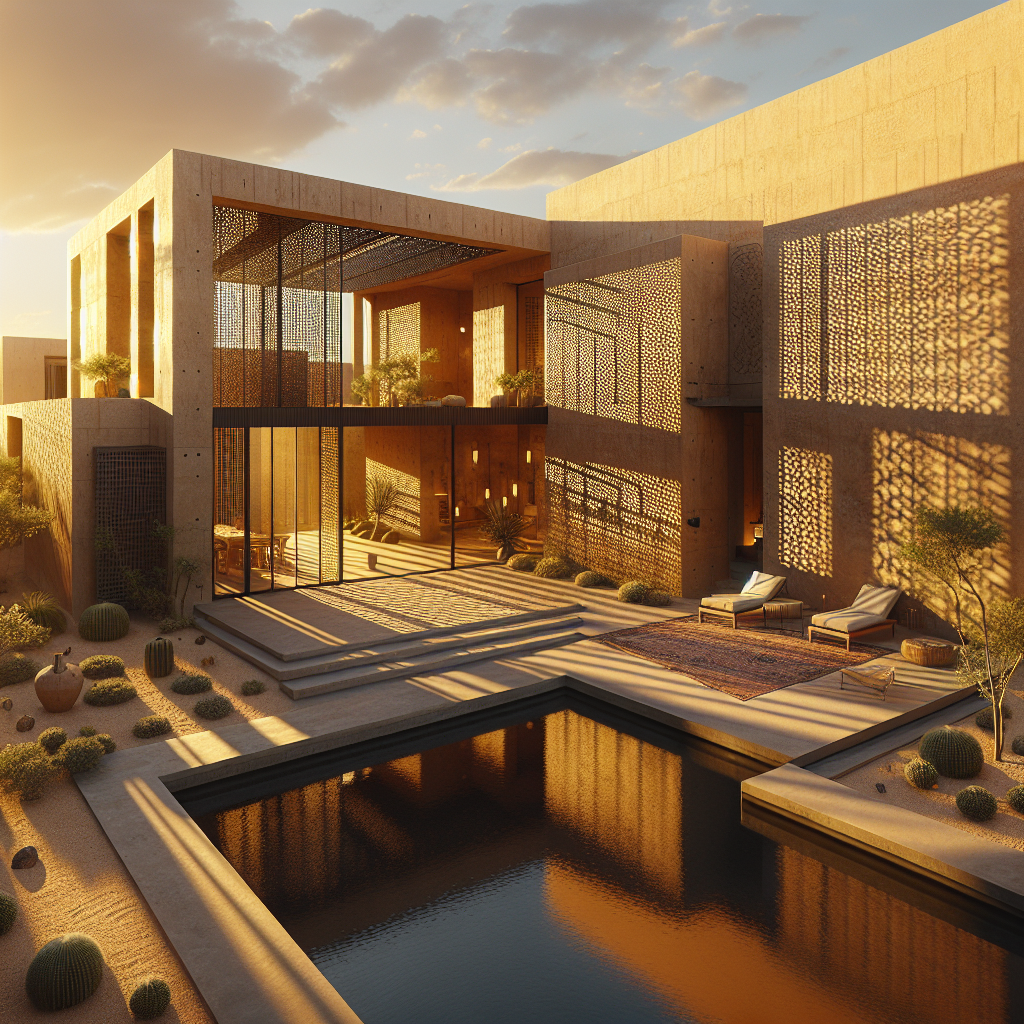Bauhaus in cyberspace: digital reinterpretations of classic silhouettes

Bauhaus in Cyberspace: Digital Reinterpretations of Classic Silhouettes
When the Bauhaus school opened its doors in Weimar in 1919, it sought to dissolve the boundaries between art, craft, and technology. A century later, that same ethos finds new expression—not in workshops of steel and glass, but in the infinite, glowing expanse of the digital realm. “Bauhaus in cyberspace” is not merely a nostalgic revival; it is a reprogramming of modernism’s DNA for the age of virtual architecture, algorithmic design, and immersive environments.
The Bauhaus Ethos Rebooted
The original Bauhaus movement was radical in its embrace of industrial processes and functional aesthetics. Its stripped-down geometries, modular logic, and commitment to democratizing design have since become the visual grammar of modernity. Yet, as design migrates into digital ecosystems—augmented reality studios, metaverse galleries, and AI-driven fabrication labs—the Bauhaus legacy is being reinterpreted through new tools and sensibilities.
In this new context, form follows data. The digital Bauhausian designer no longer welds metal or molds concrete but scripts algorithms and manipulates polygons. The workshop has become a workstation; the blueprint, a codebase. Yet the philosophical core remains: unity between function, form, and human experience.
This conceptual continuity is evident in projects like virtual reality in architecture, where immersive environments echo the Bauhaus ideal of total design—spaces conceived holistically, from the macrostructure to the micro-detail.
Geometric Purity Meets Digital Fluidity
The classic Bauhaus silhouettes—rectilinear façades, cantilevered volumes, tubular steel frames—are now being reimagined in digital form. In virtual environments, these once-static geometries gain motion, morphing in response to user interaction or environmental data. The grid, once a symbol of rational order, becomes a dynamic interface.
Consider the recent surge of parametric design tools that allow architects to generate complex, evolving structures from simple mathematical rules. This algorithmic approach resonates deeply with Bauhaus principles: the pursuit of structural honesty and visual clarity through systematic experimentation.
In digital reinterpretations, the circle, square, and triangle—Bauhaus’s holy trinity of form—are no longer confined to paper or façade. They pulsate as holographic layers, projected onto responsive surfaces or embedded in virtual pavilions. These are not mere stylistic homages but conceptual evolutions, where geometry becomes behavior.
Virtual Bauhaus: From Pedagogy to Platform
The educational model of the Bauhaus—its interdisciplinary workshops combining art, architecture, and technology—has found a digital reincarnation in online design platforms and open-source creative communities. Initiatives like “Virtual Bauhaus,” a digital exhibition launched by the Goethe-Institut, have recreated the school’s iconic spaces in immersive 3D environments, allowing users to “walk through” the Dessau building, interact with its furniture, and experience its spatial logic firsthand.
These virtual reconstructions are not nostalgic simulations but living laboratories. Designers and educators are using them to explore how digital craftsmanship can echo the tactile experimentation of the original workshops. The tactile has become haptic; the workshop, a cloud-based collaboration space.
This pedagogical evolution mirrors broader trends in digital fabrication and digital construction technologies, where students and professionals alike learn by manipulating data rather than material. The result is a new kind of craftsmanship—one that is immaterial yet deeply intentional.
Algorithmic Bauhaus: The Machine as Co-Creator
The Bauhaus masters—Walter Gropius, László Moholy-Nagy, and Marcel Breuer—embraced the machine as a tool for artistic liberation. In the 21st century, that machine has evolved into artificial intelligence. Today’s designers use generative algorithms to produce infinite variations of a single Bauhaus-inspired chair or façade, exploring what Gropius might have called “the grammar of modern form” through computational syntax.
AI-driven design platforms, such as those discussed in AI in architecture, enable the creation of adaptive structures that respond to environmental data, user behavior, or even emotional states. These systems extend the Bauhaus ideal of functional beauty into the realm of responsive intelligence.
In digital reinterpretations, the Bauhaus chair becomes a parametric object—its tubular frame bending algorithmically to optimize ergonomics or material efficiency. The glass curtain wall transforms into a responsive membrane, adjusting opacity based on sunlight or occupancy. The machine no longer merely produces; it participates.
From Material Honesty to Digital Transparency
Material honesty—a cornerstone of Bauhaus philosophy—finds a new counterpart in digital transparency. In virtual design, materials are not physical but representational, their authenticity measured by how truthfully they communicate structure and function.
Architects working in virtual environments often simulate the tactile qualities of steel, glass, or concrete with hyperrealistic rendering engines. Yet the most compelling digital Bauhaus projects eschew photorealism for abstraction, revealing the underlying code or geometry as part of the aesthetic experience. This is the new honesty: showing the algorithm, not hiding it.
Such transparency aligns with the growing movement toward open-source design and blockchain-based authorship, where the creative process itself becomes visible and verifiable. In this sense, the Bauhaus’s social mission—to democratize design—has found a powerful digital continuation.
Cyberspace as the New Bauhaus Campus
In the metaverse, architecture transcends gravity, scale, and material constraint. Designers can build floating studios, translucent pavilions, or endlessly reconfigurable interiors that evolve in real time. Yet the visual language of these spaces often traces back to Bauhaus fundamentals: modular grids, primary colors, and clean, functional lines.
One striking example is the “Neo-Dessau Pavilion,” a virtual exhibition space created by a collective of digital architects. Its façade—a translucent grid of light and shadow—references Gropius’s Dessau building, while its interior unfolds as a labyrinth of interactive installations. Visitors navigate through geometric corridors that respond to movement, sound, and gaze, transforming the Bauhaus’s physical choreography into a digital ballet.
Such projects demonstrate how cyberspace can serve as a new kind of Bauhaus campus: an open, participatory environment where designers, coders, and artists collaborate across disciplines and continents.
Reimagining the Bauhaus Legacy for a Post-Material World
As architecture increasingly integrates virtual layers—augmented façades, interactive projections, and mixed-reality interiors—the Bauhaus spirit continues to guide the dialogue between technology and humanity. The school’s belief in design as a social instrument feels more relevant than ever in an era of digital inequality and environmental urgency.
In this context, digital Bauhaus reinterpretations are not escapist fantasies but prototypes for sustainable, inclusive futures. They invite us to rethink what “material” means when the most powerful building blocks are data and light.
The fusion of Bauhaus minimalism with digital experimentation also informs contemporary sustainable design movements, such as those explored in biodegradable architecture. Both share a commitment to efficiency, adaptability, and systemic thinking—qualities essential for designing resilient digital and physical environments alike.
Conclusion: The Eternal Workshop
The Bauhaus never truly ended; it merely changed medium. Its ideals now circulate through networks, algorithms, and immersive worlds, inspiring a new generation of designers to merge aesthetic clarity with technological fluency.
In cyberspace, the Bauhaus workshop becomes infinite—a place where geometry breathes, materials think, and architecture evolves in real time. The digital reinterpretations of its classic silhouettes are not nostalgic gestures but forward-looking experiments, reaffirming that the Bauhaus was never about style. It was, and remains, a method of seeing, making, and connecting—one that continues to shape the architecture of both our cities and our screens.
Keywords: Bauhaus in cyberspace, digital Bauhaus, virtual architecture, algorithmic design, parametric modernism, metaverse design, digital reinterpretations of Bauhaus, Bauhaus legacy



❮
❯





